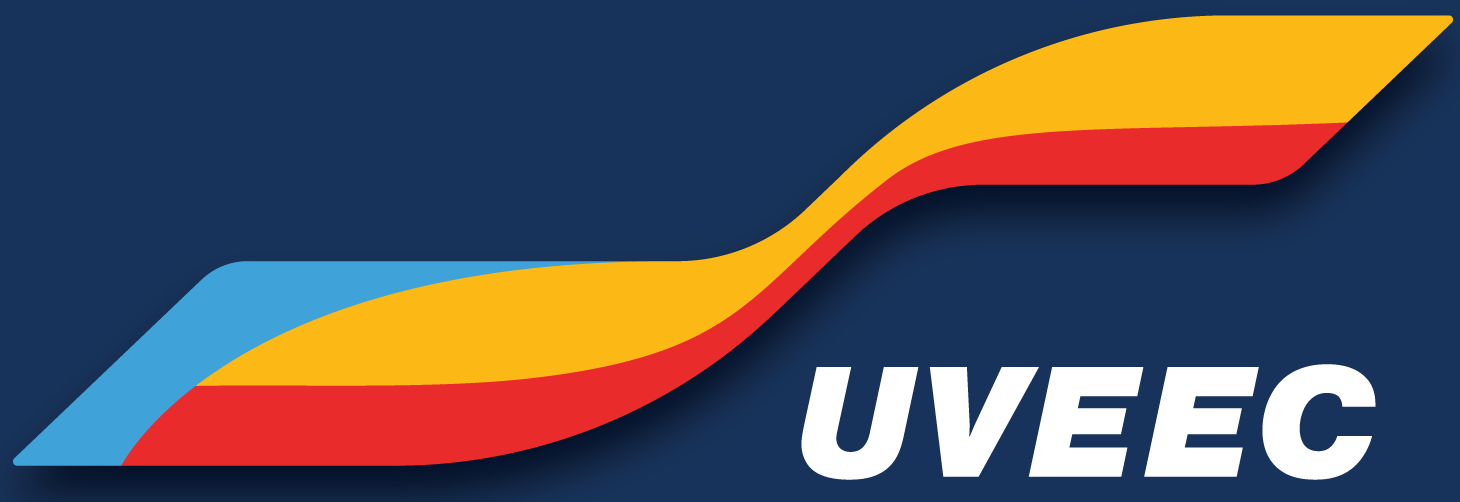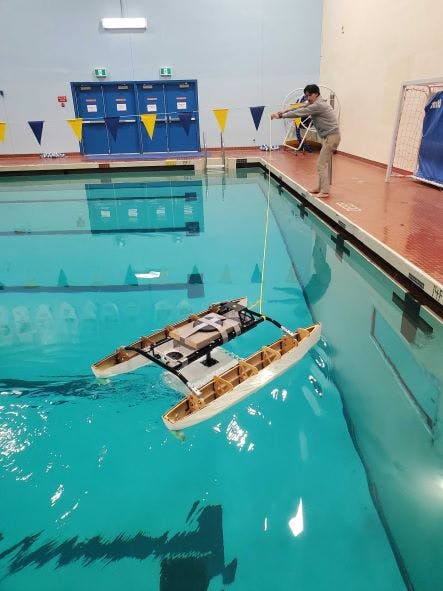Unmanned Surface Vehicle
An Unmanned Surface Vehicle that will collect microplastics from the ocean: Microplastics are bits of plastic smaller than the end of a pencil, and have significant negative effects on marine life and unknown effects on humans. The twin-hulled catamaran boat will drag a filtration module through ocean water, and collect microplastics. The real innovation in this project was in the planned microbubble filtration: Our founder Jun had been researching project ideas when he came across the idea of using bubbles to float plastic out of water. Because plastic is hydrophobic, which means that water does not stick to it, plastic would much rather stick to tiny air bubbles, and float to the surface.
Dimension
Autonomous Underwater Glider
Underwater gliders are an excellent technology for autonomous data collection, operating without remote control or tethers. These energy-efficient vehicles travel long distances slowly, propelled by changing weight or buoyancy rather than power-intensive propellers. This makes them ideal for long duration missions. Since the summer of 2023 we have been developing an economical shallow water glider to lower the barrier to entry for student oceanography. Design decisions are carefully made to ensure high performance, capability and affordability. Our glider utilizes a water tank and pump to move vertically and a wing to efficiently move forward. Internal motors adjust pitch and roll, with a long-distance communication system that keeps track of the glider’s location and operational status. Our control system makes the glider follow the desired operation path, making it an invaluable tool for environmental research and monitoring. The glider is outfitted with a conductivity, temperature and depth sensor (CTD) to create data profiles while traveling across the inlet. CTD data is used as a baseline for many oceanographic properties and cycles, and additional data would contribute to a large variety of research efforts. Following the completion of our data collection mission, we will compile a detailed report presenting the insights gleaned from our glider operations.
Dimension
Timeline
The project is currently in its second phase, where the detailed design is taking place. The team is running simulations, developing the glider’s CAD, and reaching out to mentors for feedback. We are preparing for design reviews and testing of the glider’s different subsystems.



